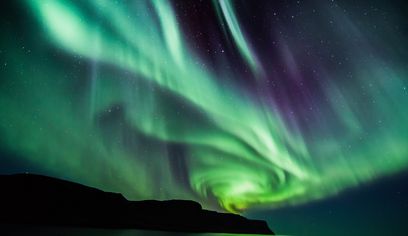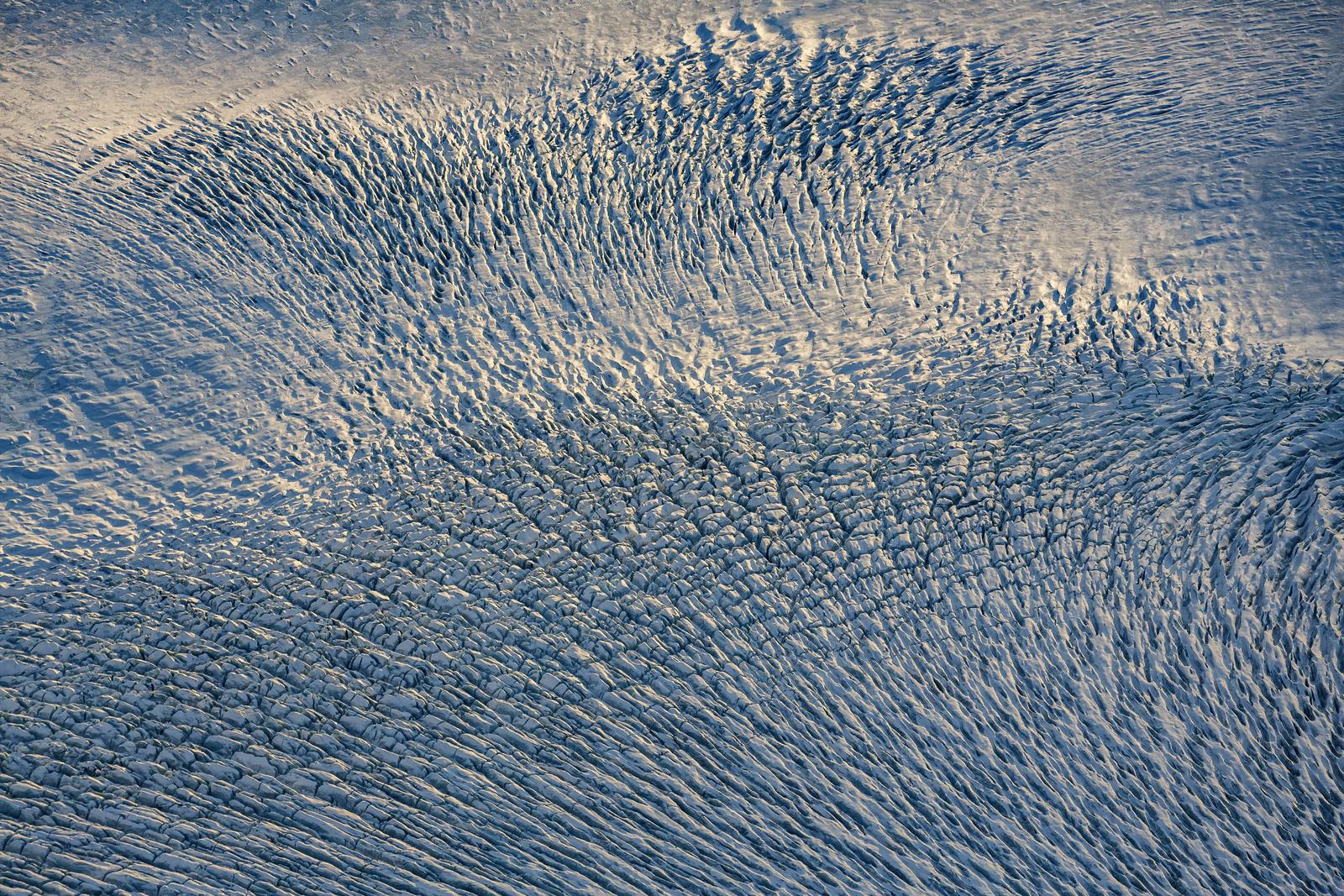
What Is Glacier Melting and Why Is It Happening?
Glacier melting is one of the most visible signs of climate change, and Iceland’s glaciers are a physical example of this crisis. The island’s glaciers and ice sheets are retreating faster than ever, affecting ecosystems, sea level, and even settlements. But why is this happening? What role do human activities play in ice loss, and can anything be done to stop it?
At Perlan in Reykjavik, visitors can explore exhibitions on glaciers and their importance. These exhibits showcase how Iceland’s frozen landscapes are changing and what that means for the future. Let’s examine why glaciers melt, how fast it happens, real-world examples, the consequences, and how we can slow down this alarming process.

Why Are Glaciers Melting?
Glaciers and ice sheets form over thousands of years as layers of snow and ice accumulate and compress. However, several factors are now accelerating ice melting, particularly in Iceland:
1. Rising Air Temperatures
Global temperatures are increasing due to greenhouse gas emissions, primarily carbon dioxide. Warmer air shortens the winters so less snow accumulates on the glaciers, it also melts glacial ice from the surface, reducing the overall ice mass.
2. Human Activities
Burning fossil fuels, deforestation, and industrial emissions all contribute to global warming, speeding up ice loss. The more carbon dioxide we release, the more heat gets trapped in the atmosphere.
3. Reduced Snowfall
Snow and ice act as a protective layer for glaciers. Less snowfall means less replenishment for melting ice, accelerating the overall decline.
4. Volcanic Activity
Iceland sits on a hotspot of volcanic activity. While volcanic eruptions don’t cause glaciers to melt on a large scale, they can temporarily speed up local ice melting by releasing heat and ash. Thin ash layers covering the glacier ice accelerate the ice melting by absorbing the sunlight.
How Fast Are Iceland’s Glaciers Melting?
The melting rate of Iceland’s glaciers is alarming. Over the past century, Iceland has lost about 16% of its glacial ice. Studies suggest that the country’s ice caps could disappear entirely by 2200 if current trends continue.
Examples of Glacier Melting in Iceland
Okjökull – The First Glacier Lost to Climate Change
Once a massive ice cap, Okjökull (nicknamed "Ok") officially lost its status as a glacier in 2014 due to excessive ice loss. In 2019, Iceland held a memorial ceremony for Ok, marking a tragic milestone in climate history.
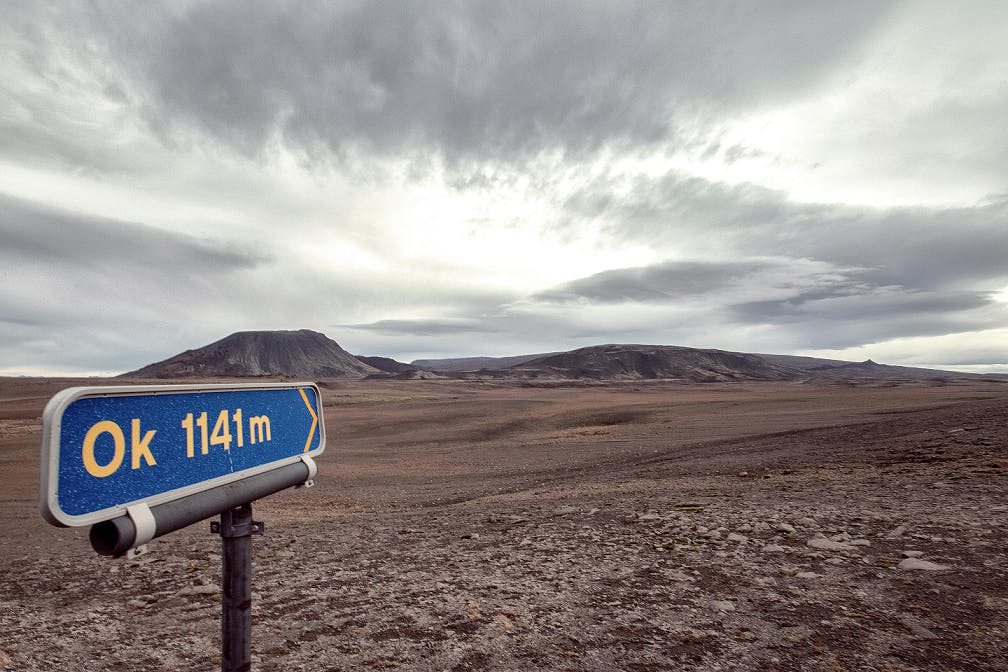
Breiðamerkurjökull and the Formation of Jökulsárlón
Breiðamerkurjökull, a large outlet glacier of Vatnajökull, has been retreating rapidly, leading to the expansion of Jökulsárlón, a stunning glacial lagoon 25 km2 in front of the glacier tongue. While beautiful, this lagoon is a direct result of ice melting at unprecedented rates.

Snæfellsjökull – Shrinking Ice on a Volcano
Snæfellsjökull, the glacier-capped volcano famous for inspiring Journey to the Centre of the Earth, has been shrinking steadily. Scientists predict that if the trend continues, it may vanish within the next century.
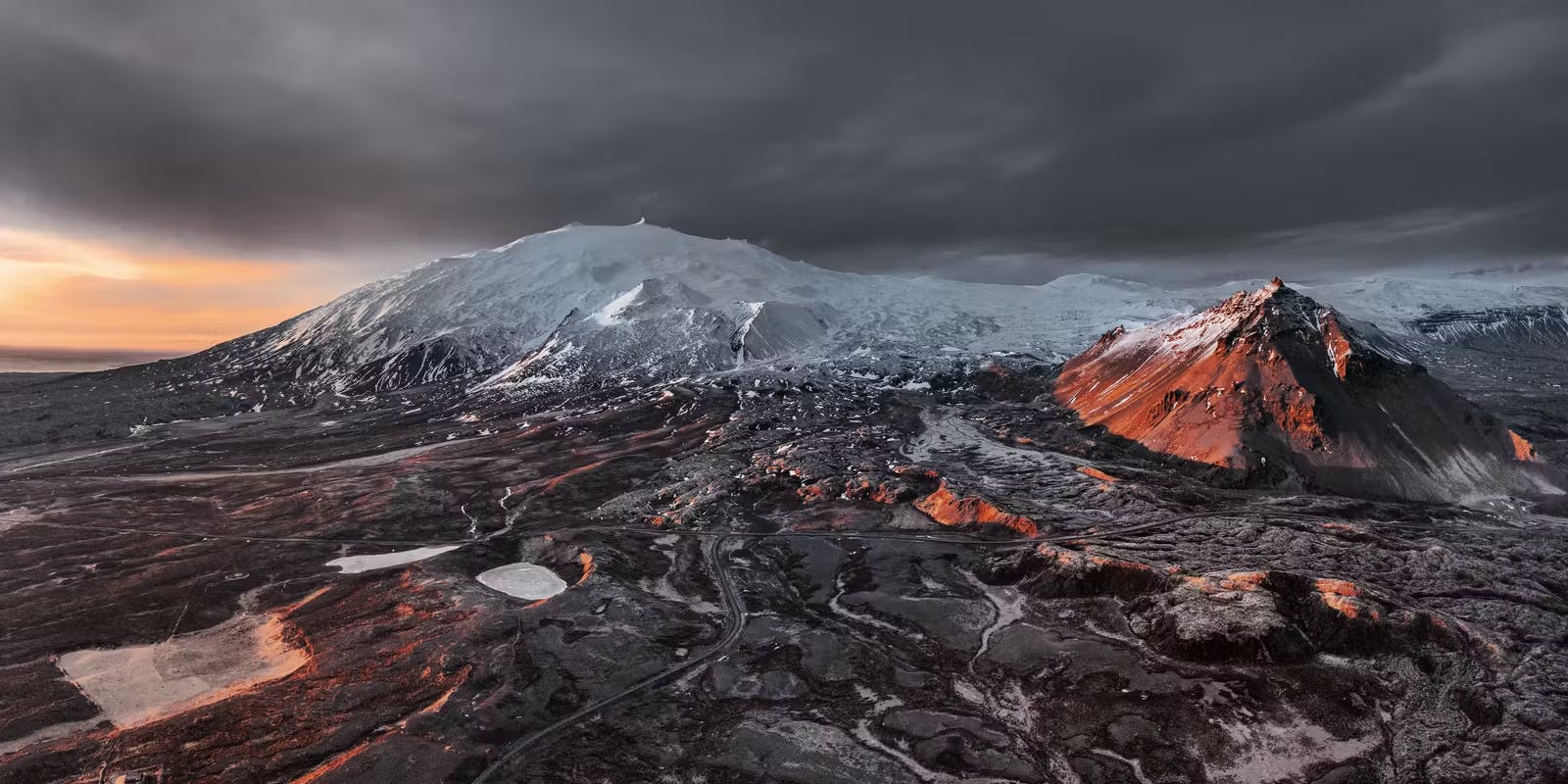
The Consequences of Glacier Melting
Rising Sea Level
As glaciers and ice sheets melt, water flows into the ocean, rising the sea level. Coastal areas worldwide are at risk of flooding and erosion.
Changing Ecosystems
Animals living near or even on glaciers, like Arctic foxes and certain bird species, such as penguins, face habitat loss. In addition, fish populations are affected as freshwater from melting glaciers alters ocean currents.
Increased Natural Disasters
Melting glaciers can trigger landslides, floods, and even volcanic activity due to changes in pressure on the earth’s crust.

How Can We Prevent Glacier Melting?
While glacier melting is already happening, there are ways to slow it down:
1. Reduce Carbon Emissions
Switch to renewable energy sources, such as wind and geothermal power, which Iceland already leads.
2. Limit Fossil Fuel Use
Reduce car emissions by using public transportation, biking, or switching to electric vehicles.
3. Support Climate Policies
Advocate for stronger environmental regulations and global agreements like the Paris Accord.
Glacier melting in Iceland is a stark reminder of the impact of climate change. With glaciers disappearing at an alarming rate, urgent action is needed to reduce carbon emissions and protect these icy landscapes. Places like Perlan’s Glacier Exhibition help raise awareness, but real change requires a global effort.
By making sustainable choices and supporting climate-friendly policies, we can help slow ice loss and preserve Iceland’s breathtaking glaciers for future generations.
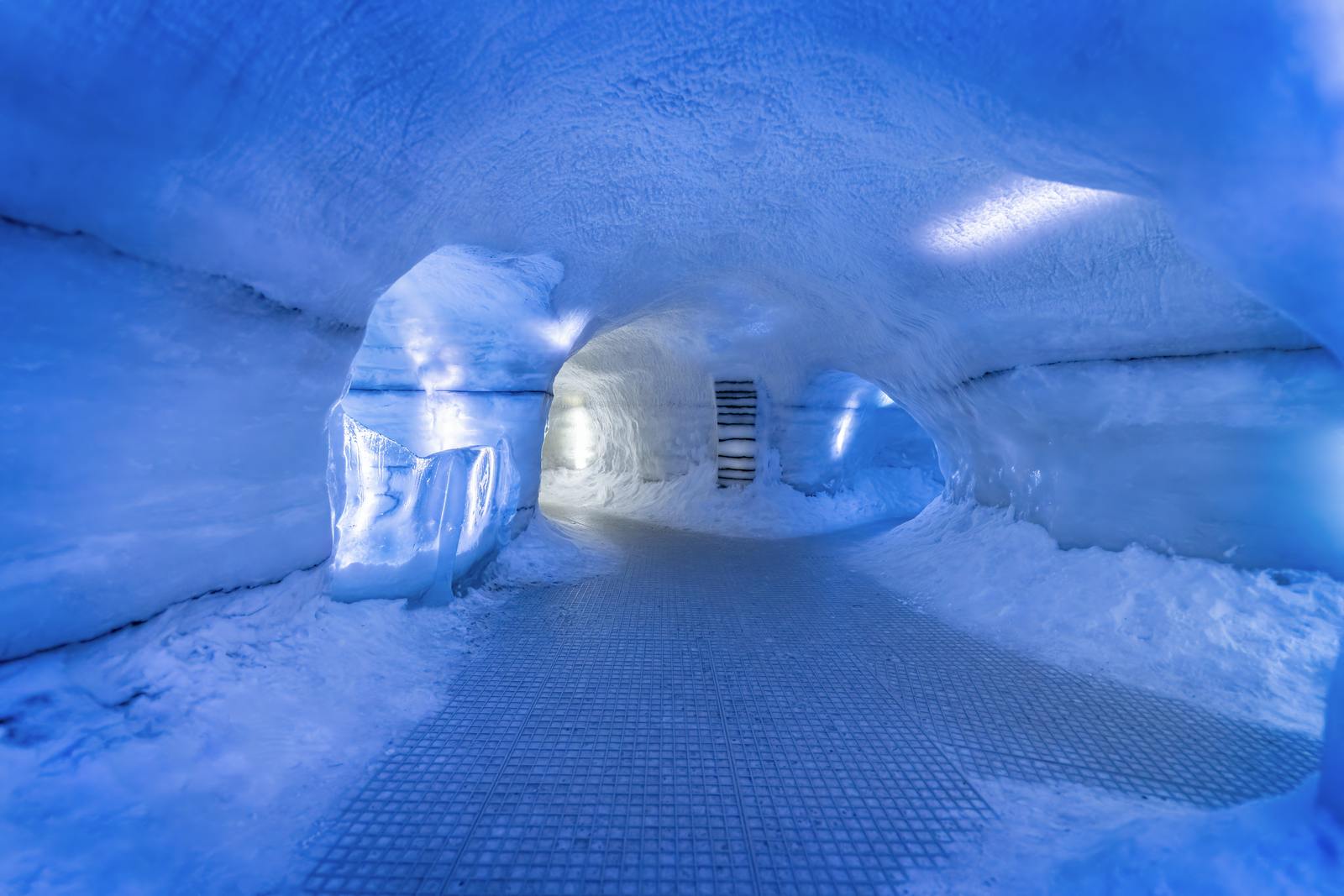
FAQ
What is glacier melting?
Glacier melting refers to the process of glaciers losing more mass during the summer than they gain during the winter due to rising temperatures, ocean warming, and reduced snowfall.
Why is glacier melting a problem?
Glacier melting leads to sea level rise, disrupted ecosystems, and increased natural disasters.
How does carbon dioxide contribute to ice loss?
Carbon dioxide traps atmospheric heat, raising temperatures and accelerating glacial ice melting.
Which Icelandic glaciers are melting the fastest?
Breiðamerkurjökull is melting the fastest, but Langjökull is also among the fastest-melting glaciers in Iceland.
What is Perlan’s Glacier Exhibition?
Perlan in Reykjavik features an interactive glacier exhibit where visitors can learn about Iceland’s glaciers, their role in the ecosystem, and how they’re changing due to climate change.
How does glacier melting affect people?
In Iceland, the melting of glaciers has the greatest impact on the tourism industry. Today, the impact is small, but if the glaciers disappear, the country will lose its crown jewels.
Can we stop glaciers from melting?
We can’t completely stop it, but reducing carbon emissions and adopting sustainable practices can slow the process.
